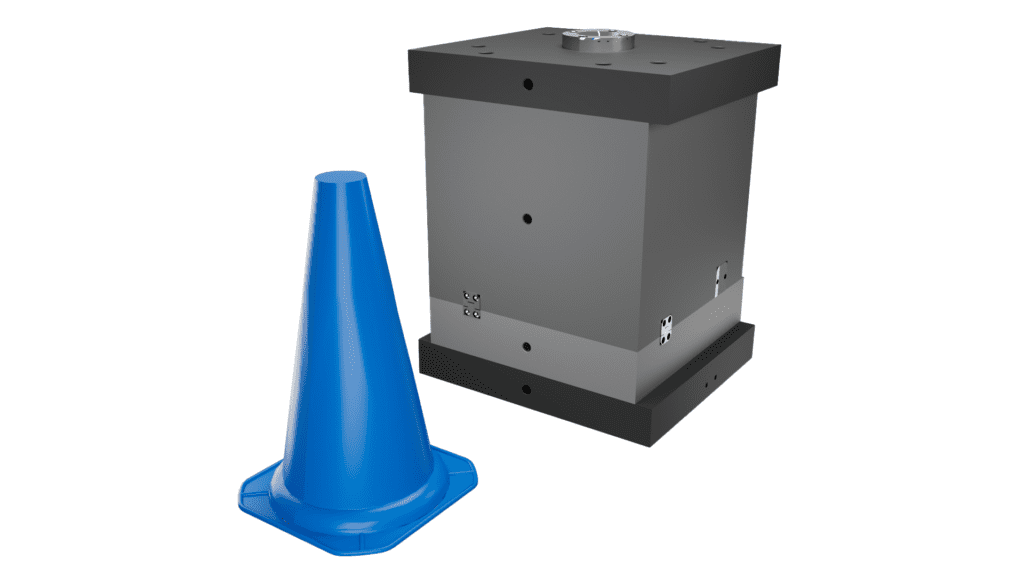Mastering Thin Wall Injection Molding: Techniques, Materials, and Troubleshooting
Thin wall injection molding has revolutionized the manufacturing industry, allowing for the production of intricate and lightweight plastic components. With advancements in technology and materials, manufacturers can now create thin moldable plastic parts with precision. This article delves into the world of thin wall injection molding, exploring techniques, materials, troubleshooting, and more.
Understanding Thin Wall Plastic Injection Molding:
Thin wall Plastic injection molding, also known as skinny injections or thin molding, refers to the process of producing plastic parts with significantly reduced wall thickness compared to traditional molding methods. This technique demands specialized knowledge and expertise in designing thin wall molds and using moldable materials efficiently.
Materials Suitable for Thin Wall Injection Molding:
Polypropylene: Thin wall injection molding polypropylene parts is common due to its excellent flow properties and structural integrity, making it ideal for thin wall applications.
Thin Plastic Materials: Various thin plastic materials can be utilized, each with unique characteristics. These materials enable the creation of intricate designs and lightweight components.
Thin Wall Injection Molding Techniques:
Design Thin: Designing thin involves creating parts with minimal wall thickness while ensuring structural integrity. Advanced software and engineering expertise are essential in achieving optimal designs for thin wall molding.
Molding Area Optimization: Proper optimization of the molding area, including gate placement and cooling channels, is crucial to prevent defects and maintain the integrity of thin wall parts.
Thin Wall Machining: Specialized machining techniques are employed to achieve precision in thin wall parts, ensuring the final product meets the desired specifications.
Troubleshooting in Thin Wall Injection Molding:
How to Reduce Warpage in Plastic Parts: Warpage is a common issue in thin wall injection molding. Proper cooling, optimal material selection, and precise molding parameters are vital in reducing warpage and ensuring the dimensional stability of the parts.
Thin Wall Injection Molding Troubleshooting: Addressing challenges such as sink marks, voids, and uneven wall thickness requires in-depth knowledge of the injection molding process. Troubleshooting techniques are employed to identify and rectify these issues effectively.
Advanced Thin Wall Injection Molding:
Ultra Thin Wall Injection Molding: Ultra thin wall injection molding involves producing parts with extremely thin walls, pushing the boundaries of traditional molding capabilities. Specialized machines and molds are utilized to achieve these remarkable results.
Plastic Molding for Bathrooms: Thin wall injection molding finds applications in various industries, including the production of high-quality plastic components for bathrooms. These thin wall parts are durable, lightweight, and aesthetically pleasing, making them ideal for bathroom fixtures and accessories.
Thin wall injection molding has transformed the way manufacturers produce plastic components. By mastering the intricacies of designing thin, optimizing molding areas, and employing the right materials, manufacturers can create durable, lightweight, and precisely engineered parts. As technology continues to advance, the potential for thin wall injection molding in various industries, including the production of bathroom fixtures, remains limitless. Stay tuned for more innovations in this dynamic field, driven by the expertise of professionals and the capabilities of cutting-edge machinery.







